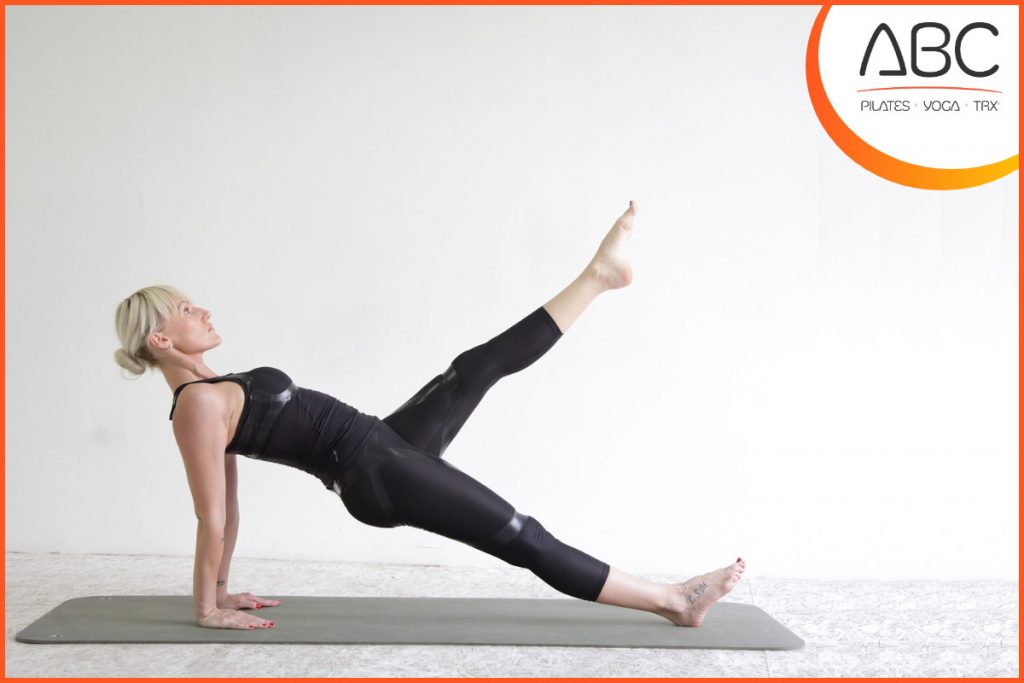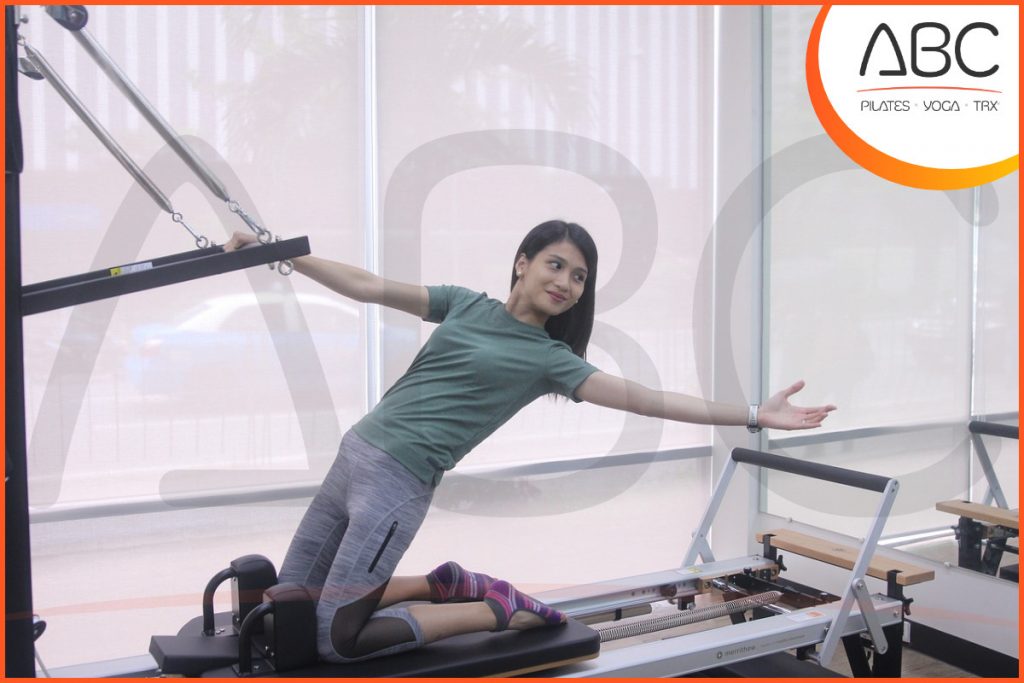Most runners understand the importance of a strong core, which improves your efficiency and helps you maintain proper form as you fatigue. And yet, many runners only work the surface core muscles, which can make it difficult to improve or open themselves up to injury. Read more to learn how Pilates can improve your running performance – and your performance in all you do. We have a huge class variety and new client specials going on now!

You may run with your legs, but your core plays a critical role getting you to the finish line.
Most runners understand the importance of a strong core, which improves your efficiency and helps you maintain proper form as you fatigue. And yet, many runners only work the surface core muscles, which can make it difficult to improve or open themselves up to injury.
Pilates-specific routines are designed to go beyond the surface muscles. And if done correctly, may give you the biggest bang for your buck.
It wasn’t until post-surgery rehabilitation that professional marathoner Renee Metivier Baillie discovered the power of Pilates.
Metivier Baillie, an 11-time NCAA All-American, and NCAA indoor 3,000-meter champion had lofty goals for the next stage of her career. But she wasn’t reaching them, due in large part to an ongoing Achilles injury that interrupted her training.
Frustrated, in 2011 she underwent surgery to repair the issue. During rehabilitation, Metivier Baillie discovered her weaknesses extended beyond her Achilles. The root of her problems came from the shift in her gait from the hips down, caused by the compensation during years of Achilles pain.

Metivier Baillie thought had a strong core and was muscularly sound; she spent hours doing ancillary work. It wasn’t until she began working with Pat Guyton for Pilates-specific exercises that she discovered hours of work wasn’t doing the job of a targeted, abbreviated session.
“I always thought I had a strong core, but I noticed immediately that these [Pilates] exercises were much more challenging than normal core work,” Metivier Baillie says. “I realized I had only been working the surface muscles, and I needed to get deeper.”
Committed to her new Pilates routine, Metivier Baillie went on to run the 2012 Chicago Marathon in 2:27:17; her marathon debut ranks as fifth fastest for an American woman.
“My hips are stronger and more aligned when I’m running, which can make a big difference in the efficiency of your stride,” Metivier Baillie says. “This was especially important as I transitioned from a 5,000-meter runner into a marathoner, and I believe this [Pilates] training was one of the reasons I handled the increased distance so well.”
Pilates requires precision and control. Making each move count means fewer repetitions and more rewards. Prior to adopting her Pilates routine, Metivier Baillie spent hours doing core work, assuming she had her bases covered. She was wrong. Cutting down from hours of core exercises to just 10- to 15-minute sessions 2 to 3 times per week, Metivier Baillie is stronger and finally past her vicious cycle of injuries.
“It takes more than strong legs and lungs to be a good runner,” Metivier Baillie says. “Having a strong center is essential for balance, flexibility, breathing, and endurance.”

The key to Pilates work is to maintain full focus for those 15 minutes. Doing more sloppy repetitions will do more harm than good. You may leave a session feeling like you could have done more; hours later you’ll feel the soreness in those deep core muscles. Do the prescribed exercises to the best of your ability. If you’re new to Pilates and have trouble keeping correct form, it’s better to do only as many reps as you can do perfectly. Wait until you improve before finishing the entire set.
There are six interrelated tenets of Pilates: precision, control, centering, concentration, breathing, and flow. Centering refers to the very core you are building up, concentration means staying both mentally and physically engaged for each repetition, breathing is important to keep steady throughout and flow refers to being fluid through each movement and exercise.
Both the exercises and tenets of Pilates translate to running. Like Pilates, running uses your body as an interconnected machine, with every muscle group working together. Injuries occur when a particular muscle group is weak or is not in sync with the others, causing the rest of the machine to make compensations elsewhere.
Next time you’re searching for a great core workout, try Pilates. You’ll become stronger, run more efficiently and reduce injuries.
Reference: {https://www.active.com/running/articles/pilates-for-runners}

Looking to try something new and to belong to something spectacular? We have just what you need! Our space, instructors, and clientele are second to none! Come witness the benefits of pilates and yoga and watch your body (and your confidence!) transform!
Visit our Facebook page at https://www.facebook.com/theabcfitstudio or give us a call at 949.305.3310 to get started!
